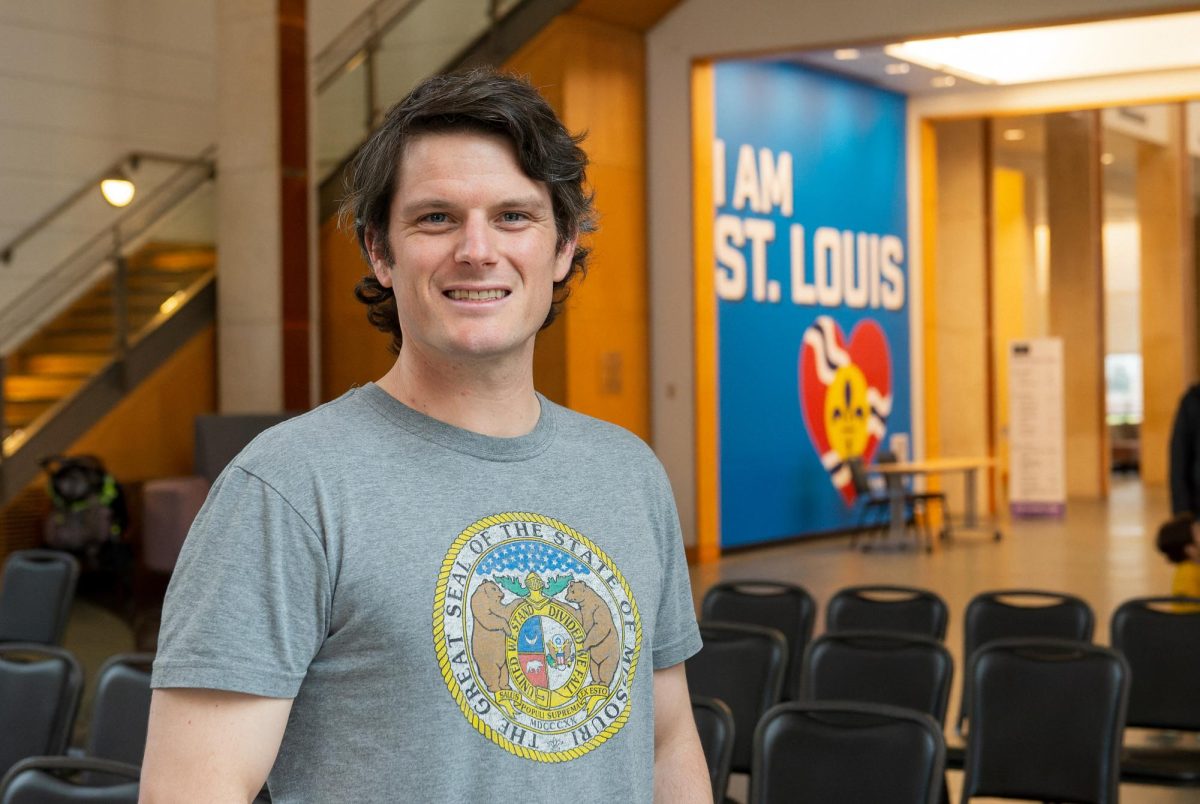It’s recital day and athlete Ava Leidenfrost (11) nervously waits backstage. But it’s not the performance that’s worrying her — it’s her blood sugar, which feels dangerously low. Her usual savior, a juice packed with sugar, was well out of reach and time had already run out. Her legs feel weak as she steps onto the stage, hoping she won’t mess up.
Leidenfrost has Type 1 diabetes, a lifelong disease where the immune system attacks the cells in the pancreas that make insulin, resulting in fluctuating blood sugar levels she has to maintain every day. The symptoms she experienced during her eighth-grade recital are not a regular occurrence for her, but if she doesn’t check and manage her glucose levels properly, this may become a reality again.
“I just make sure I check my blood sugar every day and make sure it’s steady,” Leidenfrost said. “There’s this device called the Omnipod … it looks like a phone and tells the pump what to do. I can put [numbers] in and get insulin from [it] and the pump does what I put in.”
Before every meal, she makes sure to bolus, which gives her body a short dose of insulin. Once a bolus is instructed on the Omnipod, her Dexcom patch, replaced every three days on her stomach, arm, leg or lower back, administers it. Adjacent to it is a blood sugar sensor, replaced every 10-12 days.
“I just have to make sure that I bolus every time I eat,” Leidenfrost said. “But usually I just try to avoid really sugary sodas or juices, but as long as I bolus for it, it’s fine.”
In contrast, to raise blood sugar efficiently and safely she manages her basal rate, which gives her body a small but constant stream of insulin. Almost every day, Leidenfrost allocates more than two hours to dance practice and competitions during the Laduette season. This can lower her blood sugar, so she has to take measures to reduce her insulin.
“During exercise, my blood sugar gets low if I give myself too much insulin or I don’t have a snack,” Leidenfrost said. “Let’s say if I’m at dance and my blood sugar starts to go down, I have to cut my basal so I don’t go any lower.”
It’s not just numbers on a screen Leidenfrost relies on, it’s her body. When her blood sugar is high, typically because she didn’t eat or bolus enough beforehand, she gets tired, dehydrated, disoriented and her mouth gets dry. When it’s low, she sits down and has a sugary drink to raise it.
“If I’m steady, [my blood sugar] will probably be low,” Leidenfrost said. “But if [it’s] high, I’ll probably stay high. But sometimes [it’ll] be really high at dance and stay high and I’ll be like woah. My blood sugar can sometimes be a rollercoaster, like I can be high or low, but sometimes I can be steady.”
According to Leidenfrost, managing Type 1 diabetes isn’t a big deal — after all, she’s had it ever since she could remember. Besides the constant checking and managing of her oscillating blood sugar and a routine of replacing sensors and pumps, she’s no different from anyone else.
“A lot of people who don’t have diabetes [gave me] comments like ‘Oh, you can eat that?’” Leidenfrost said. “But for people who have diabetes, as long as you take care of yourself, it’s not life-threatening.”


![Ava Leidenfrost (11) smiles in her Laduette attire while performing at a football game. Although her health with Type 1 Diabetes doesn’t depend on an active lifestyle, Leidenfrost continued to do so anyways. “[Exercise] is important, but it doesn’t really have to do with diabetes,” Leidenfrost said.](https://laduepublications.com/wp-content/uploads/2023/11/IMG_3215-1200x800.jpg)
![A client poses for a photo. Although Hannah Hiken (12) enjoys painting nails for others, she prefers to have control of her own artistic freedom. “I do [nails] on myself a lot. I think that's what I really enjoy most,” Hiken said. “Doing it on myself, because I can choose everything I want to do.”
Photo courtesy of Hannah Hiken](https://laduepublications.com/wp-content/uploads/2025/05/IMG_1740-1200x986.jpeg)
![Duckham spends large amounts of her free time reading. Dealing with fewer classes this year, Duckham’s bookshelf at home has seen more use. “I call every book my favorite, but not truly every book [is]. I wrote my dissertation on Herman Melville, so I guess I'd have to say Moby Dick, is definitely one of my all time favorites,” Duckham said. “I really do love both British and American novelists of the 19th century. I tend to prefer nonfiction over fiction. For some reason, I think there's so many great non fiction writers, and I love the whole idea of something being true.
(Photo Courtesy of Janet Duckham)](https://laduepublications.com/wp-content/uploads/2025/05/IMG_6605-1200x900.jpeg)


![ABOVE: Duncan Kitchen (10) plucks the strings of his guitar at his home. Duncan’s older brother inspired him to start playing the guitar two years ago. “On any given day [in Alaska], you could walk up the mountain start a campfire [and] play guitar,” Duncan said. (Photos by Vincent Hsiao)](https://laduepublications.com/wp-content/uploads/2025/04/Hsiao_20250325_DuncanKitchen_010-1200x839.jpg)


